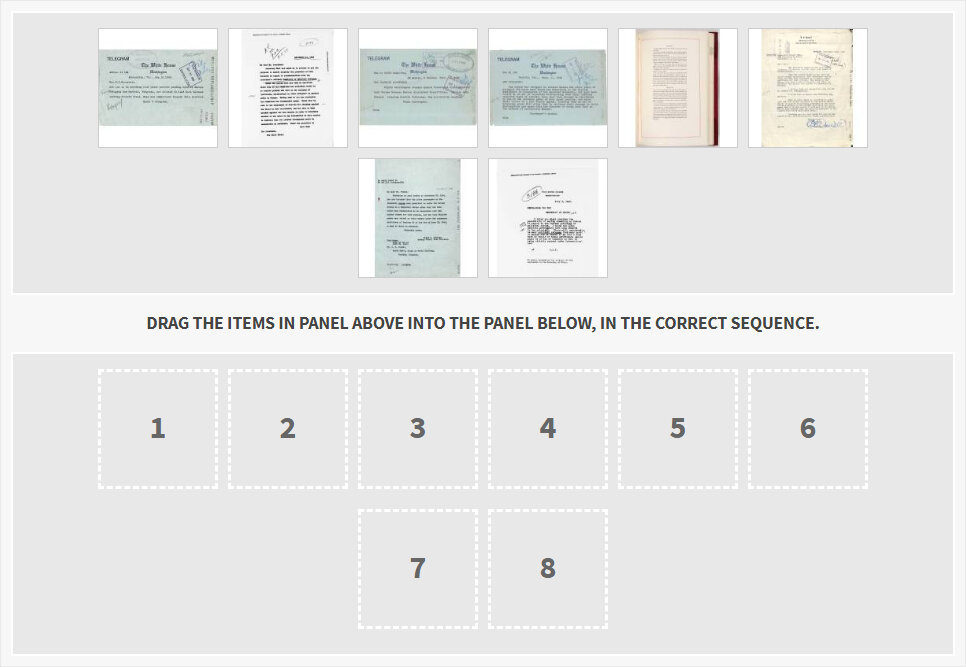The SS Quanza and European War Refugees
Finding a Sequence

About this Activity
- Created by:National Archives Education Team
- Historical Era:The Great Depression and World War II (1929-1945)
- Thinking Skill:Historical Analysis & Interpretation
- Bloom's Taxonomy:Analyzing
- Grade Level:High School
In this activity, students will analyze documents pertaining to the refugee crisis during World War II. From their analysis, they will learn about U.S. Government immigration policy and the role of private citizens trying to influence official policy. They will compare and contrast attitudes on immigration during a turbulent period in modern history.
https://www.docsteach.org/activities/student/the-ss-quanza-and-european-war-refugeesDocuments in this activity
- Alien Registration Act of 1940
- Letter from Breckinridge Long to FDR
- Letter from E. C. Powell to the Secretary of State Regarding Strengthening Immigration Laws
- Letter from the State Department to Attorney E. C. Powell of Norfolk, Virginia
- Memorandum for the Secretary of State from FDR
- Telegram from Passengers on the Ship Quanza to President Roosevelt
- Telegram from Bonte Crompton to Eleanor Roosevelt
- Telegram from Passengers on the Ship Quanza to Eleanor Roosevelt




